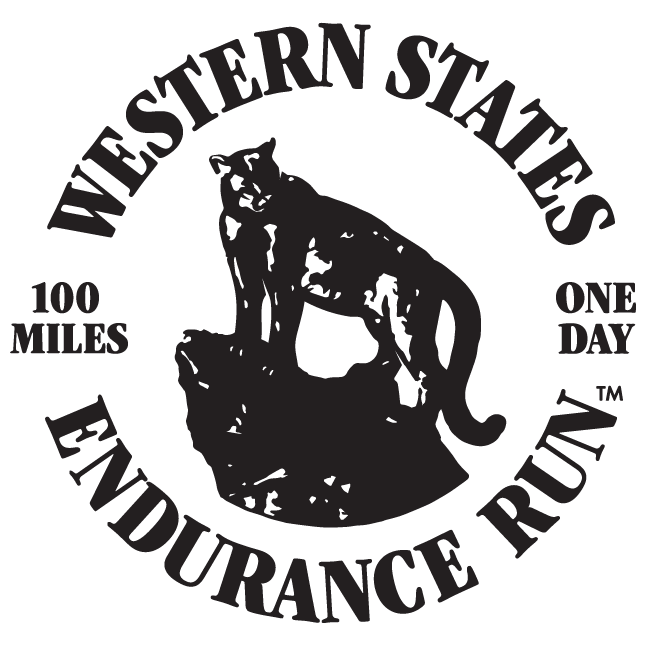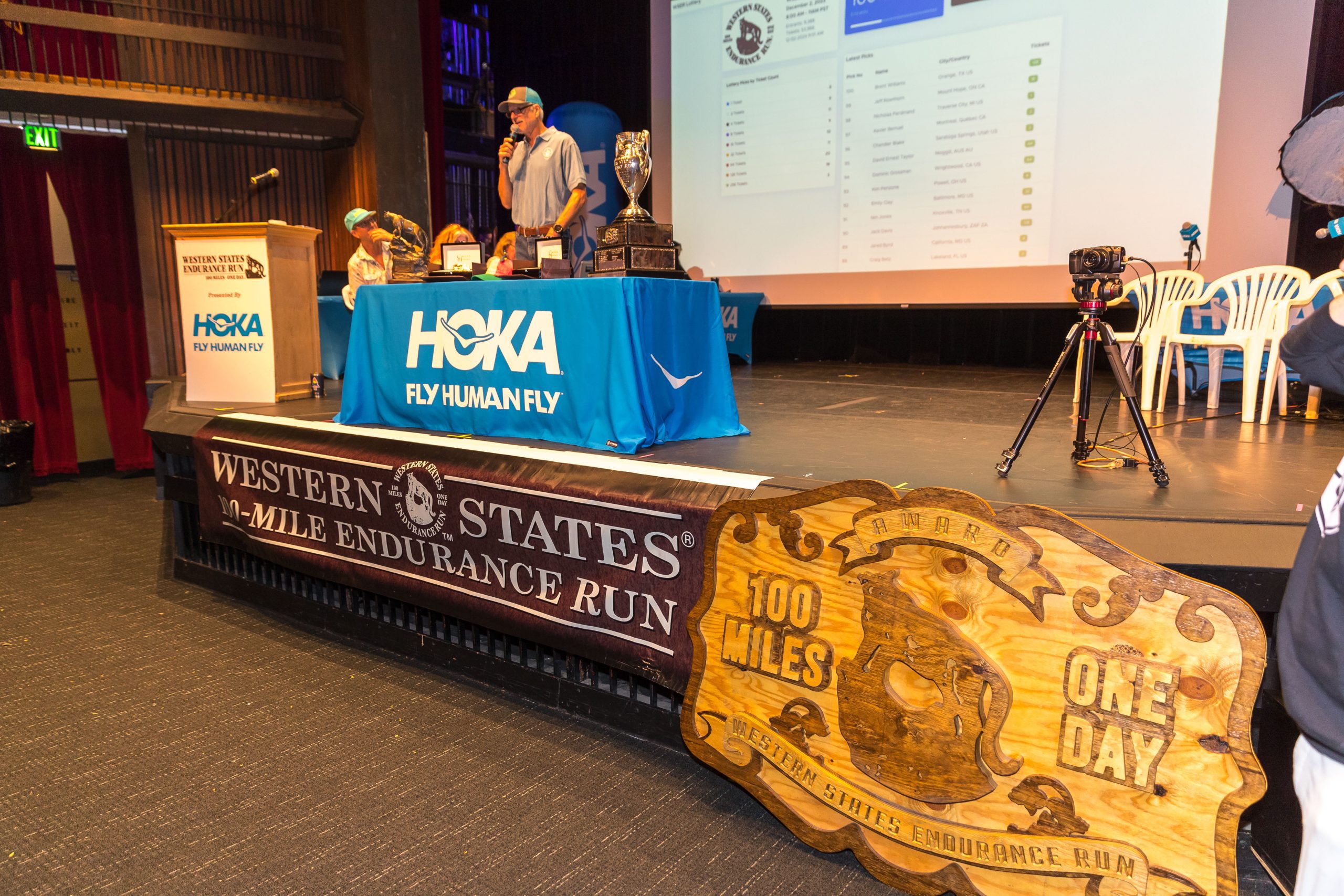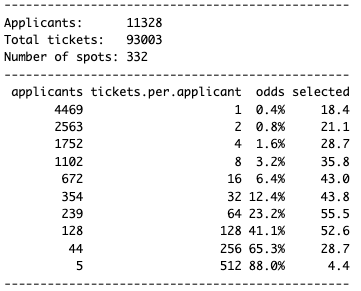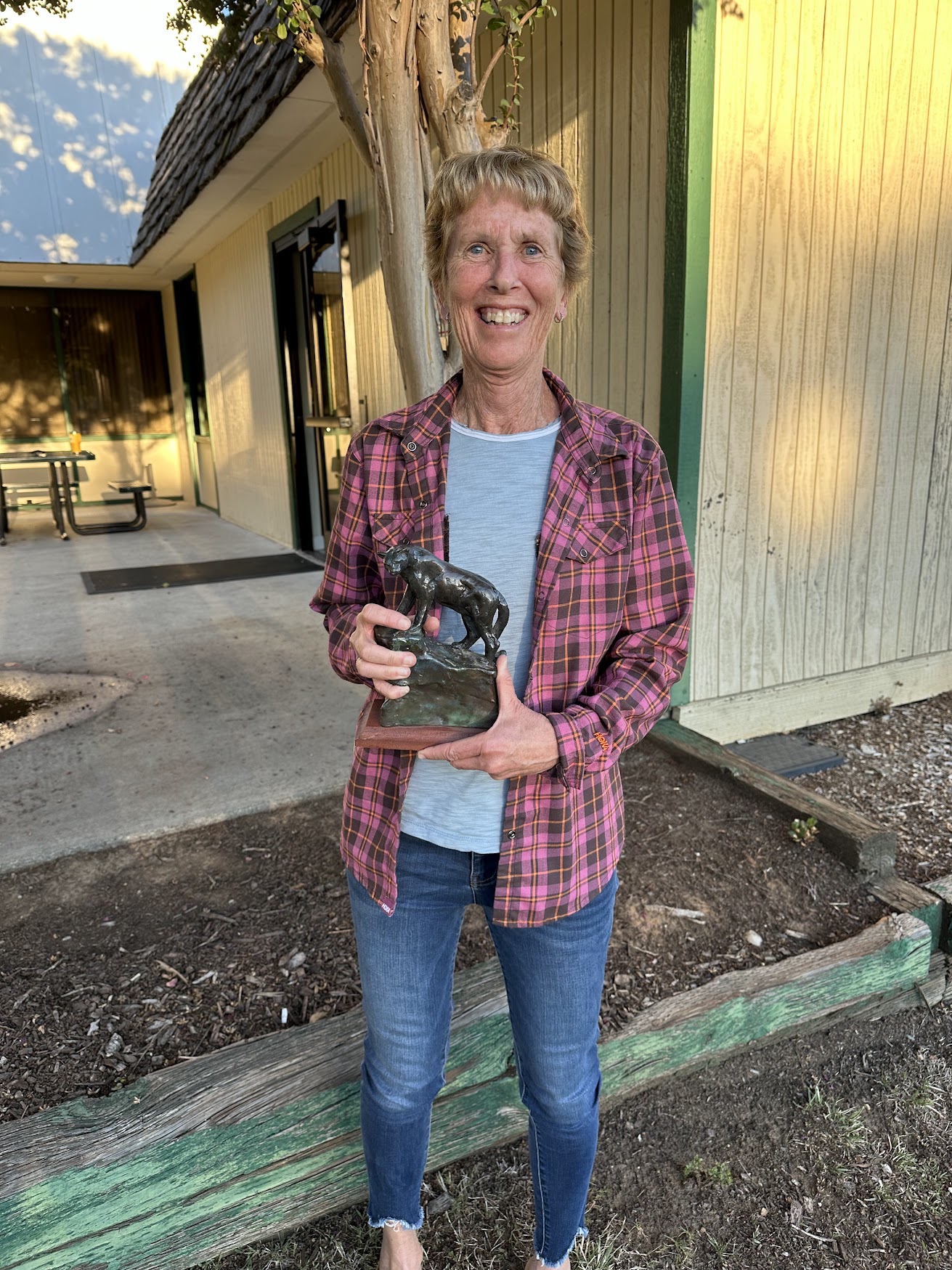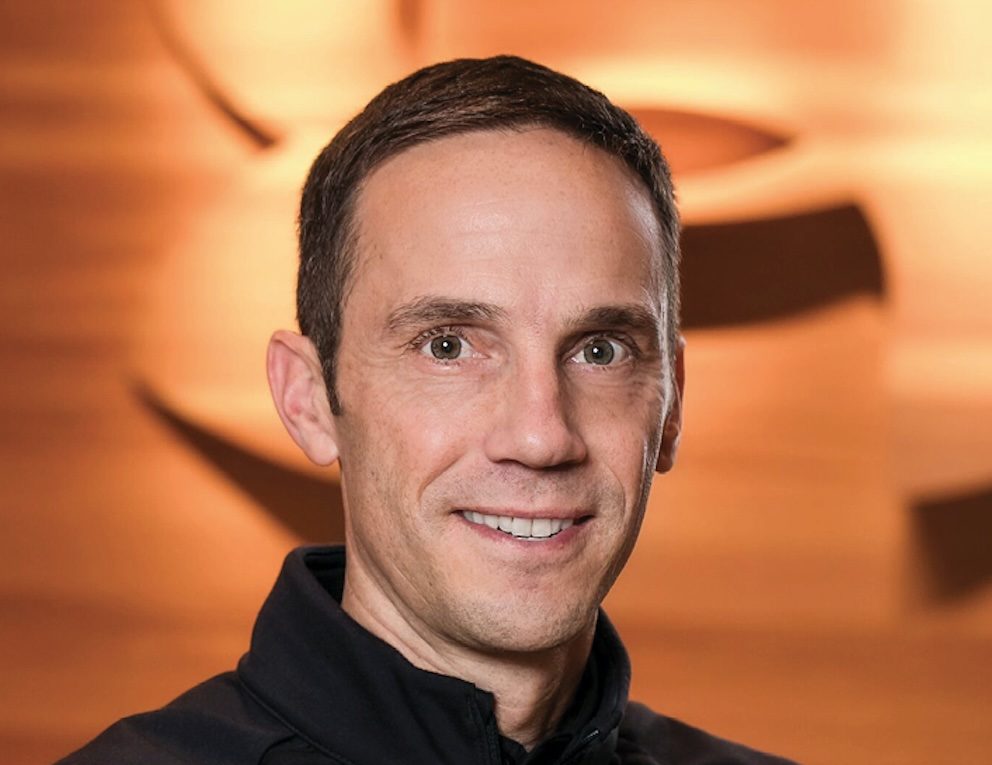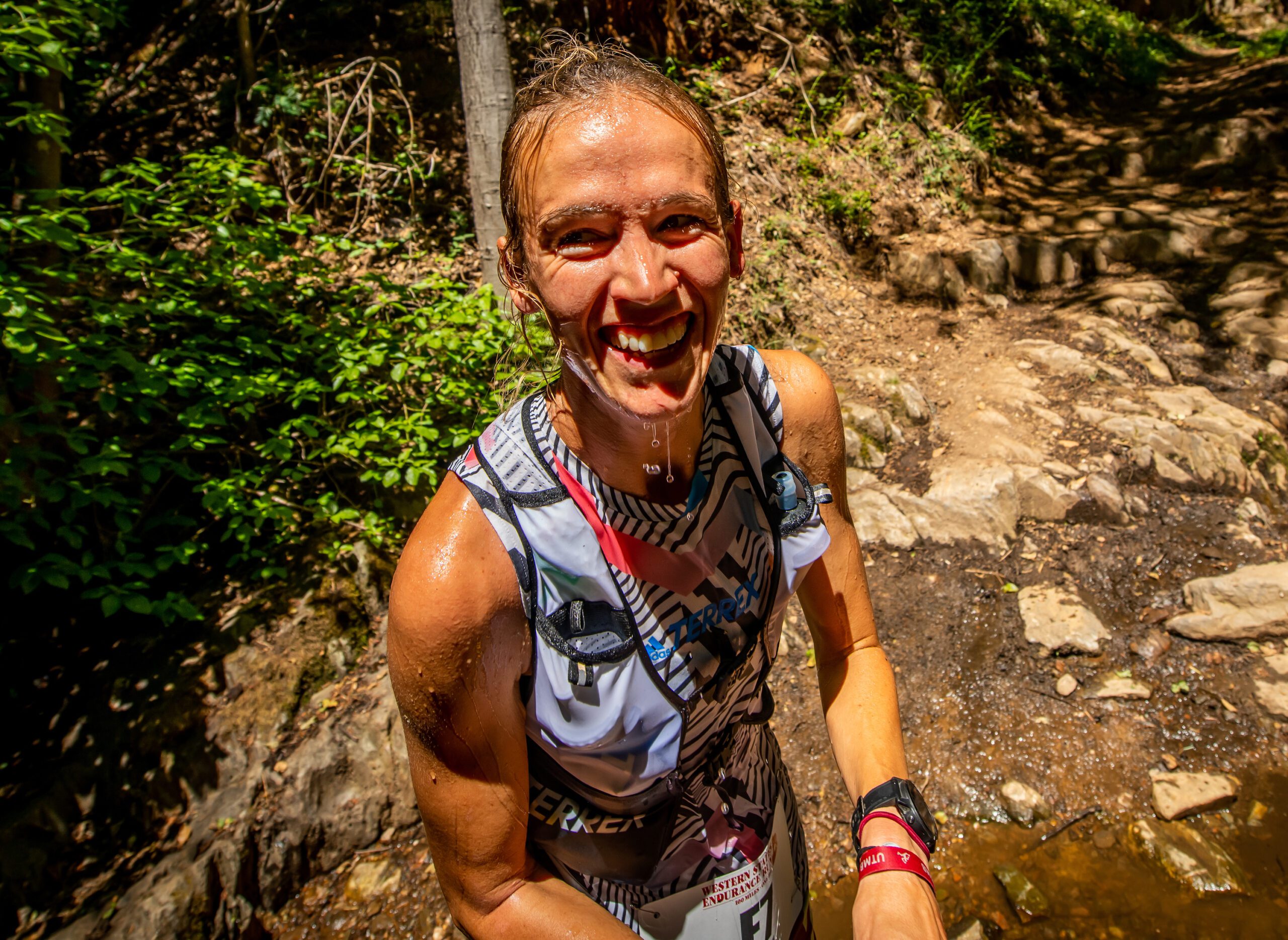Last updated: December 6, 2025 at 5:06 am
The 2026 race lottery will be held on December 6, 2025 in front of a live audience at the Placer High School auditorium in Auburn, CA beginning at 8:00 a.m. PST. We expect to be done by 11:00 a.m. As names are randomly selected, they will be posted at https://lottery.wser.org in real-time. There will also be live video coverage of the lottery on our Youtube Channel beginning at 7:00 a.m. PST.
Each applicant ran a qualifying race of 100k or longer within the last year to be eligible to enter. Some have done so for many years. Each runner who enters the lottery and fails to gain entry into the Run (and otherwise doesn’t gain an entry via other means such as an aid station, sponsor, or HOKA Golden Ticket spot) will have additional tickets in the hat when entering the lottery the following year, thus improving the probability of being selected. Every lottery applicant will receive 2^(n-1) tickets in the hat where n is the number of years entering the lottery without gaining entry. That is, 1st year applicants = 1 ticket, 2nd year = 2 tickets, 3rd year = 4 tickets, 4th year = 8 tickets, and so on. The maximum number of years for the 2025 lottery is 10 years or 512 tickets.
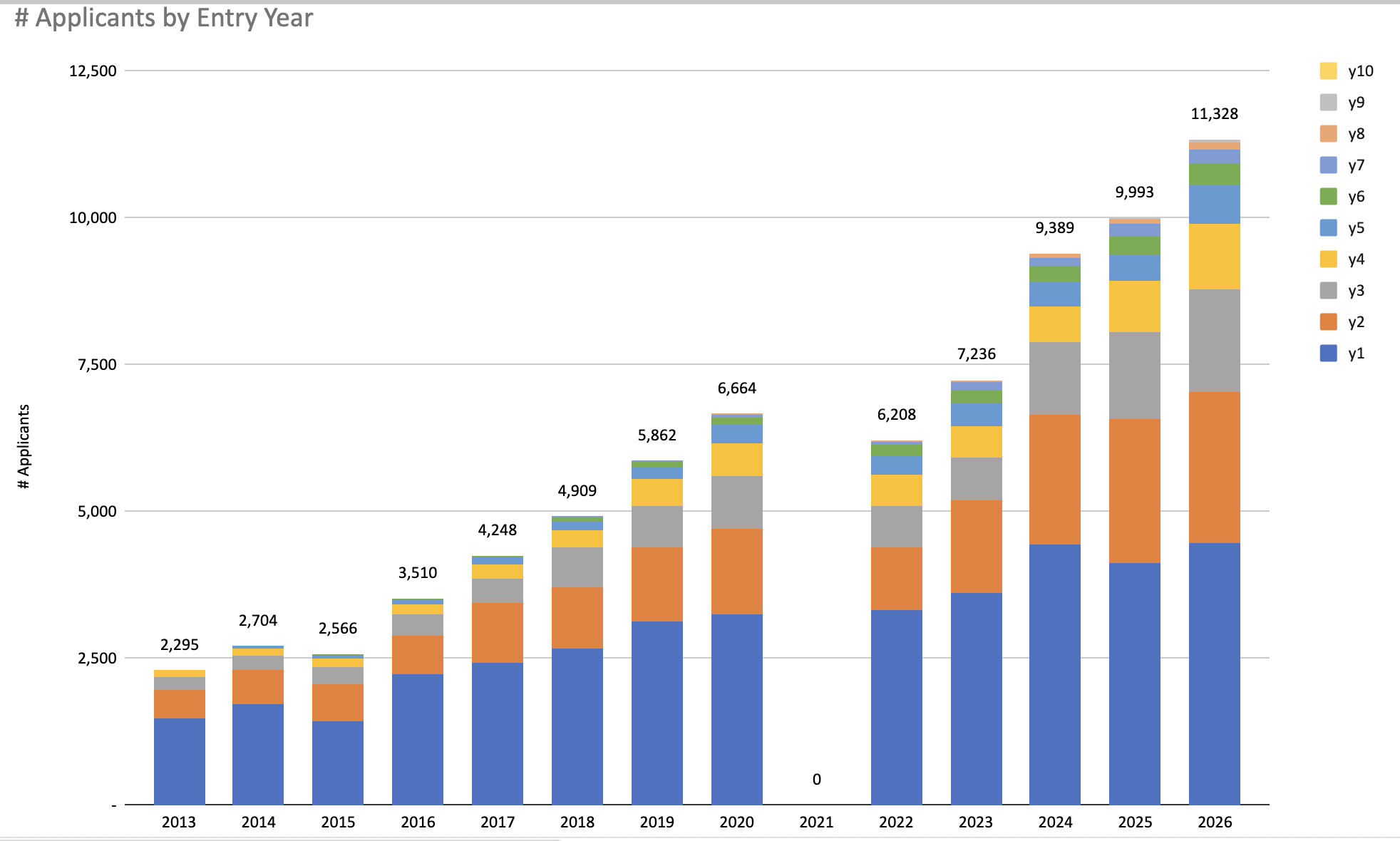 You can view the 2026 applicants and their ticket counts. We will be starting 369 runners in 2026. As we began in 2017, we are using a wait list model instead of overbooking like we had for decades to get the target number of starters which is the number we are legally allowed to run through the Granite Chief Wilderness. 112 of those 369 are automatic entrants resulting in 257 lottery spots. 254 of those will be selected in the lottery proper. The final three entrants to get to 369 will be selected from those in the audience. The probabilities of being selected as one of the 257 in the lottery are as follows:
You can view the 2026 applicants and their ticket counts. We will be starting 369 runners in 2026. As we began in 2017, we are using a wait list model instead of overbooking like we had for decades to get the target number of starters which is the number we are legally allowed to run through the Granite Chief Wilderness. 112 of those 369 are automatic entrants resulting in 257 lottery spots. 254 of those will be selected in the lottery proper. The final three entrants to get to 369 will be selected from those in the audience. The probabilities of being selected as one of the 257 in the lottery are as follows: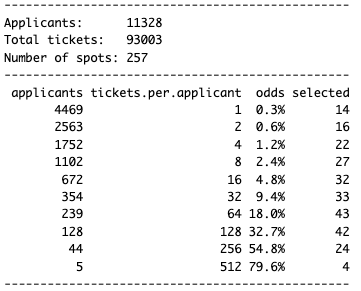
We will also select an additional 75 names for the ordered wait list. What are the chances of getting into the race if you are selected for the wait list? In 2025 the 65th person drawn was offered a spot two days before the race. In 2024 the 35th person on the wait list got into the race Friday before the race. In 2023 we went down to the 56th person on the list. In 2022 we exhausted the wait list of 75. In 2021 we exhausted the wait list of 50 which was rolled over from 2020. In 2019 the last person to get a spot on the starting line was selected 31st. In 2018 the 36th person on the list got in, in 2017 the 39th person got in. All the historical data from the wait lists can be found here. Here are the probabilities of being selected for either the entrants (257) or wait list (75).
